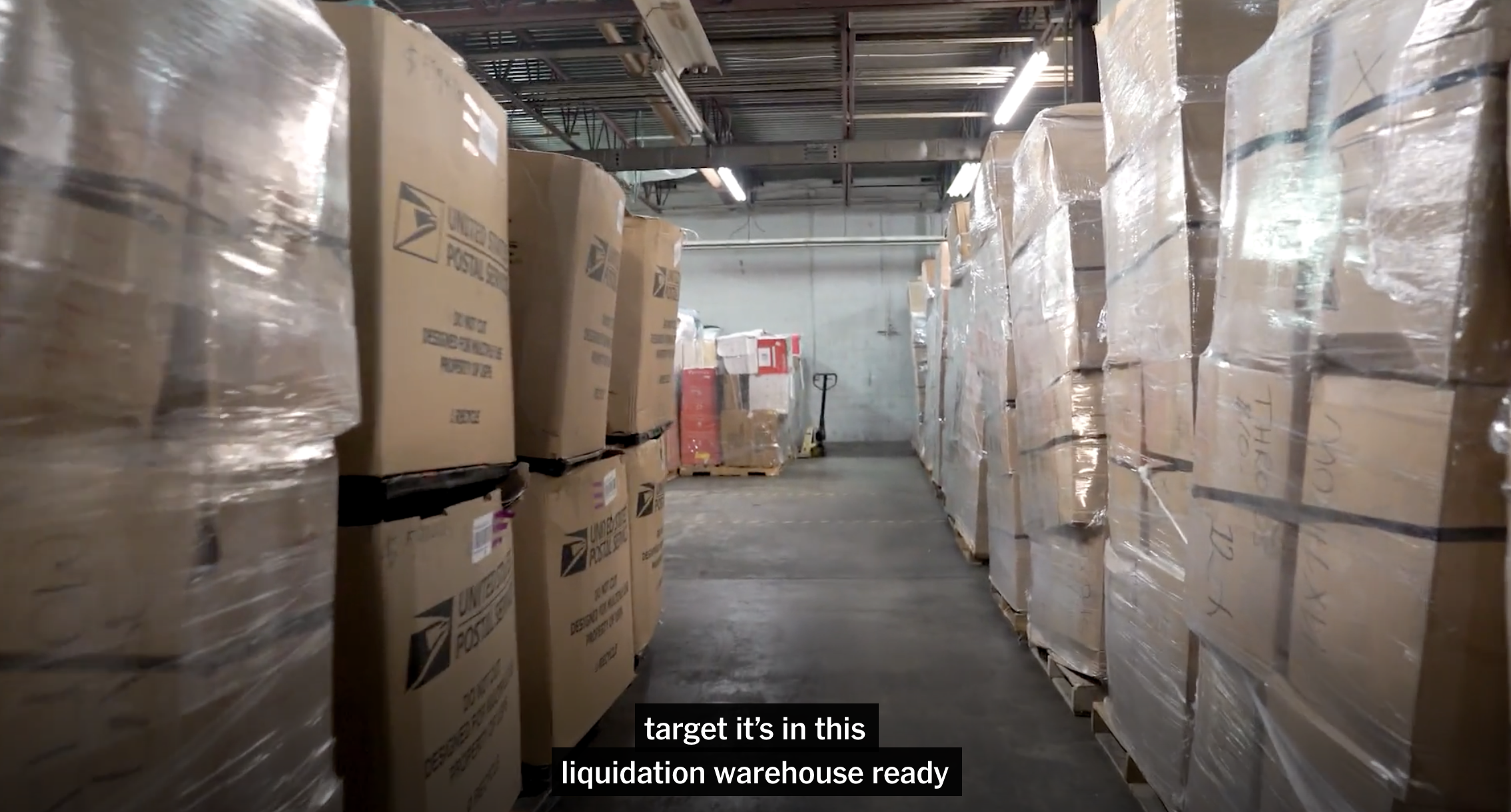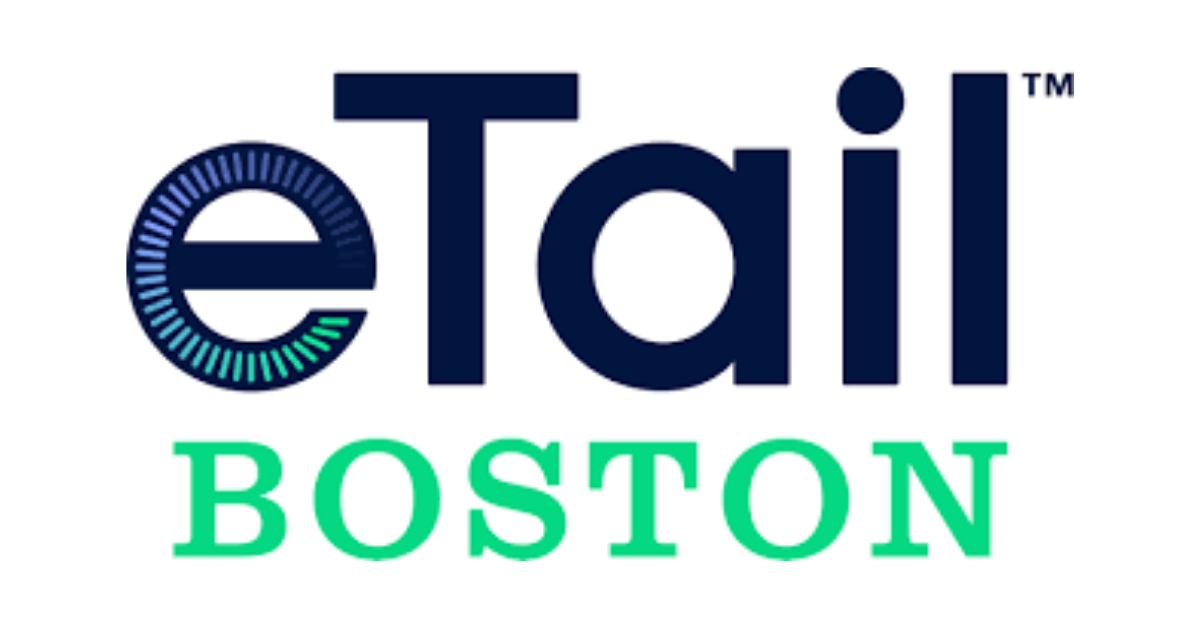In a climate where rising tariffs and supply chain disruptions threaten retail profitability, forward-thinking executives are discovering a powerful counterbalance: returns prevention. This document explores how retailers can offset up to 67% of tariff-related cost increases through strategic returns prevention, transforming a $890 billion industry problem into a competitive advantage. Learn how AI-powered analytics are helping leading brands recapture millions in lost revenue while simultaneously enhancing customer experience.
The Perfect Storm: Understanding the Retail Margin Challenge
Retail executives today face unprecedented pressure on profit margins from multiple directions. Tariffs on imported goods have created immediate cost increases of 10-25% across numerous product categories, forcing difficult decisions about whether to absorb these costs or pass them to increasingly price-sensitive consumers. This comes at a time when supply chain disruptions have already created inventory challenges and operational inefficiencies further erode profitability.
The compounding effect of these external pressures has created what industry analysts call "the retail margin squeeze" - a compression of profitability from both the cost and revenue sides of the business. For retailers operating on traditionally thin margins of 4-13%, these additional pressures threaten the fundamental viability of existing business models.

This chart is based on comprehensive industry research conducted by RetailAnalytics Global in 2023, analyzing financial data from over 200 mid-to-large retailers across multiple sectors. While the margin impact of tariffs is certainly higher in 2025, the findings reveal that returns processing also have a significant impact on margins.
What makes this situation particularly challenging is that many of these pressures come from external factors that retailers have limited ability to control. Tariff policies, international shipping disruptions, and changing consumer behaviors represent systemic challenges rather than temporary setbacks. However, amidst these external pressures lies a significant internal opportunity that many retail executives overlook: the financial impact of product returns.
The Hidden Cost of Returns
Returns represent a massive drain on retail profitability, costing the industry over $890 billion annually. For fashion and apparel retailers in particular, return rates can reach alarming levels of 20-40% for online channels. Each return not only represents lost revenue, but also triggers a cascade of additional costs: processing labor, shipping expenses, inventory depreciation, and potential markdown requirements for returned merchandise.

The critical insight that changes the strategic equation is this: according to extensive industry research, 73% of these returns are preventable with new AI-driven tools. This represents not just a cost-reduction opportunity but a profit recovery strategy that can offset a significant portion of the margin pressure created by tariffs and other external challenges.
Returns Prevention: Quantifying the Economic Opportunity
To understand the true scale of the returns prevention opportunity, consider the economic impact for a typical $1 billion fashion retailer. With a standard cost of goods sold representing 50% of revenue ($500 million), a 15% tariff increase translates to $75 million in additional costs that must either be absorbed or passed to consumers - neither option being attractive in competitive markets.
The returns prevention opportunity presents a powerful financial counterbalance. With a 20% return rate (typical for fashion e-commerce), this retailer experiences $200 million in annual returns. Research indicates 73% of these returns ($146 million) are controllable through retailer actions. Even preventing just 25% of these controllable returns would recapture $36.5 million in direct revenue.
When additional savings from reduced processing costs ($9-14 million) are factored in, the total economic impact reaches $45-50 million annually. This means returns prevention alone could offset 60-67% of tariff- related cost increases - a transformative insight for retail executives seeking to protect margins.

Real-World Success Stories

Similarly, an apparel retailer used returns data analysis to identify consistent quality issues with products from a specific manufacturer. This insight allowed them to address quality standards with the supplier and ultimately shift production to more reliable partners. The result was not only a 4% improvement in overall margins but also reduced exposure to tariffs through better supplier management and diversification.
The Competitive Advantage of Prevention
What makes returns prevention particularly powerful as a strategic response to tariffs is that it represents an internal lever that retailers can control immediately. Unlike external factors such as tariff policies or supply chain disruptions, returns prevention is entirely within the operational control of retailers and can be implemented without regulatory approval, complex negotiations, or long implementation timelines.
Furthermore, unlike traditional cost-cutting measures that often damage customer experience, returns prevention actually enhances customer satisfaction by ensuring shoppers receive products that meet their expectations the first time. This creates a virtuous cycle where improved product selection, sizing, and quality leads to higher customer satisfaction, increased loyalty, and ultimately higher lifetime value - all while recovering lost profits.
AI-Powered Returns Prevention: The Strategic Implementation
While the financial opportunity of returns prevention is clear, the implementation requires sophisticated tools that can identify actionable patterns within massive datasets. This is where AI and machine learning technologies are creating unprecedented capabilities for retail executives.

Modern returns prevention platforms like Returnalyze provide real-time visibility into return reasons, product- specific return rates, and customer behavior patterns. By applying machine learning to these datasets, retailers can identify specific actionable opportunities across merchandising, supply chain, and digital experience that prevent returns before they happen.
For example, AI analysis might reveal that a particular product category has sizing inconsistencies that drive returns. Rather than simply processing these returns as an inevitable cost of business, retailers can now take targeted actions: updating size guides, adjusting product descriptions, implementing better fit recommendation tools, or addressing manufacturing specifications with suppliers.
Building Returns Prevention into Strategic Planning
Merchandising Strategy
- Adjust buying decisions based on return rate data
- Address product quality issues
- Optimize pricing based on return profitability
Digital Experience
- Enhance product images and descriptions
- Implement personalized size recommendations
- Provide better product comparison tools
Supply Chain
- Diversify suppliers to reduce tariff exposure
- Improve quality control processes
- Optimize inventory placement for faster delivery
For retail executives facing the dual challenges of tariff pressures and margin erosion, returns prevention represents a strategic imperative rather than simply an operational improvement. By integrating returns prevention into strategic planning across merchandising, digital experience, and supply chain, retailers can create a sustainable competitive advantage that offsets external pressures while enhancing customer experience.
The most sophisticated retailers are now using returns data as a strategic asset that informs decisions across the organization. When properly analyzed, returns patterns provide invaluable insights into product development, merchandising strategy, digital experience optimization, and supply chain management. These insights enable retailers to make targeted improvements that not only prevent returns but enhance overall business performance.
Taking Action: Next Steps for Retail Executives
While tariffs create unavoidable external pressures, return prevention represents an internal lever you can control immediately. The question for retail executives isn't whether you can afford to invest in returns prevention; it's whether you can afford not to when the potential impact could offset 60-67% of tariff-related cost increases.
-
-
- Assess Your Current Returns Impact
Calculate the true cost of returns across your organization - Identify Prevention Opportunities
Use AI analytics to pinpoint specific improvement areas - Implement Strategic Solutions
Deploy targeted interventions across merchandising, digital, and supply chain - Measure and Optimize
Track impact on margins and continuously refine your approach
- Assess Your Current Returns Impact
-
Forward-thinking retail leaders are already moving aggressively to implement AI-powered returns prevention strategies. Those who delay risk falling further behind as the margin gap between prevention leaders and laggards continues to widen in an increasingly challenging retail environment.
Ready to calculate your specific returns prevention opportunity? Contact us or sales@returnalyze.com for a complimentary margin impact assessment and discover how much tariff impact you could offset through strategic returns prevention.
Frequently Asked Questions (FAQs)
1. How do tariffs affect retail profitability?
Tariffs increase costs for imported goods, squeezing retail margins. Tariffs of 10–25% on key product categories force retailers to either absorb higher costs or raise prices, both of which erode profitability—especially when combined with supply chain disruptions.
2. Why are product returns a hidden cost for retailers?
Returns drain billions in lost revenue and added expenses. The retail industry loses $890 billion annually to returns, with fashion seeing rates of 20–40%. Each return triggers processing, shipping, markdown, and inventory losses—making returns a major but often overlooked margin challenge.
3. How can AI-driven returns prevention offset tariff cost increases?
AI helps retailers prevent unnecessary returns and recover lost revenue. By analyzing return patterns and root causes, AI can prevent up to 73% of returns. For a $1B fashion retailer, preventing even 25% of controllable returns can recapture $45–50M annually, offsetting 60–67% of tariff-related costs.
4. What real-world examples show the impact of returns prevention?
Retailers have improved margins and reduced tariff exposure with AI insights. For example, one apparel retailer identified consistent quality issues with a supplier through returns data, corrected production standards, and achieved a 4% margin improvement while reducing tariff risk.
5. Why should executives prioritize returns prevention now?
It’s one of the few controllable levers to protect profitability. While tariffs and supply chain disruptions are external pressures, returns prevention is internal and actionable. Forward-thinking CEOs, CFOs, and COOs are using AI-driven insights to turn returns into a competitive advantage.


